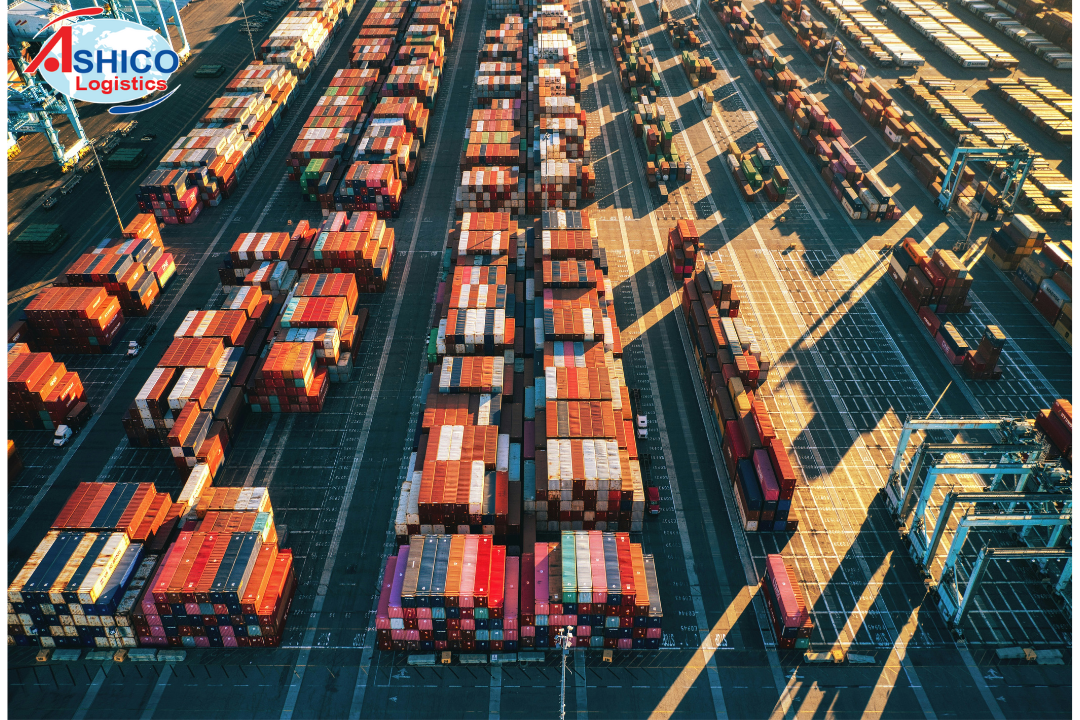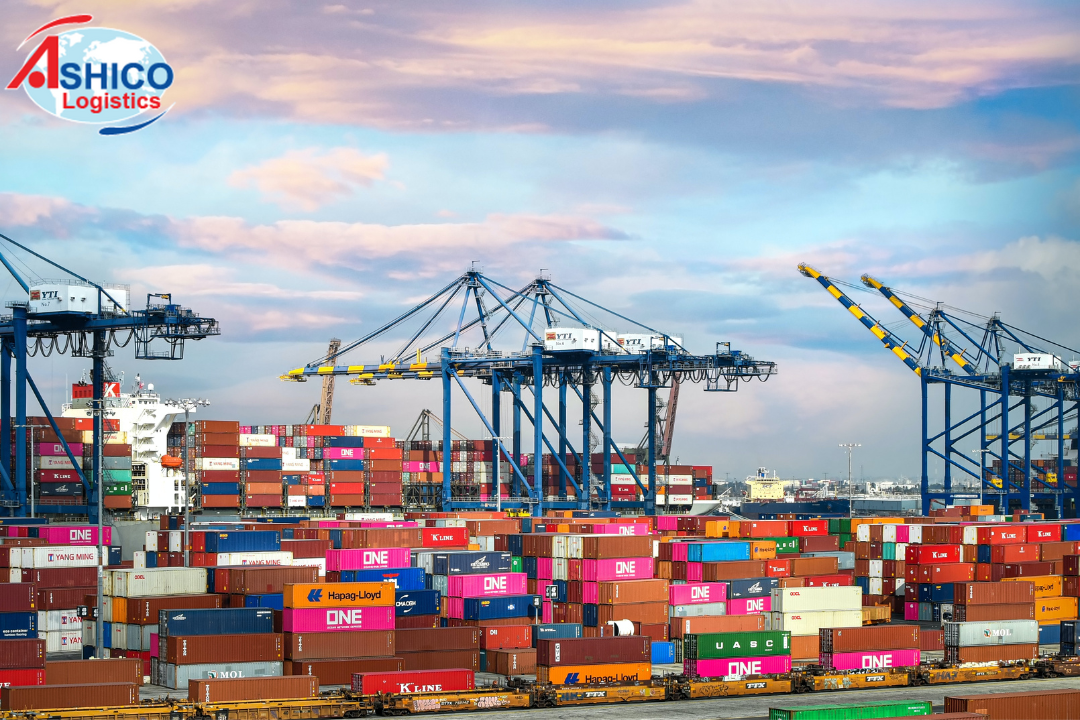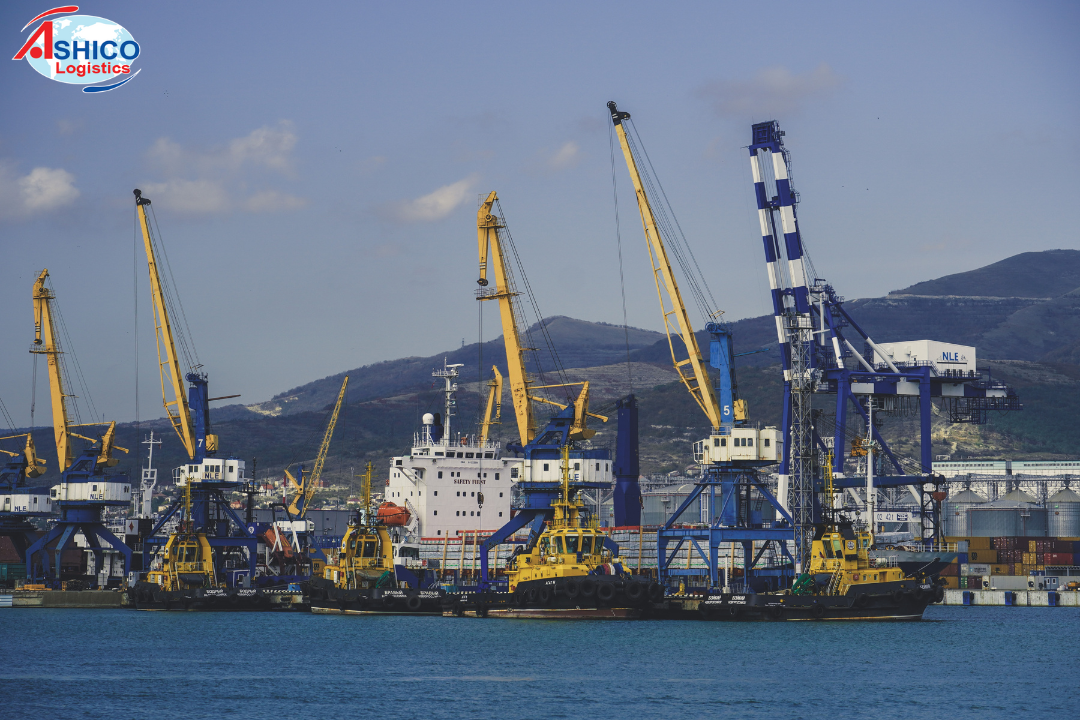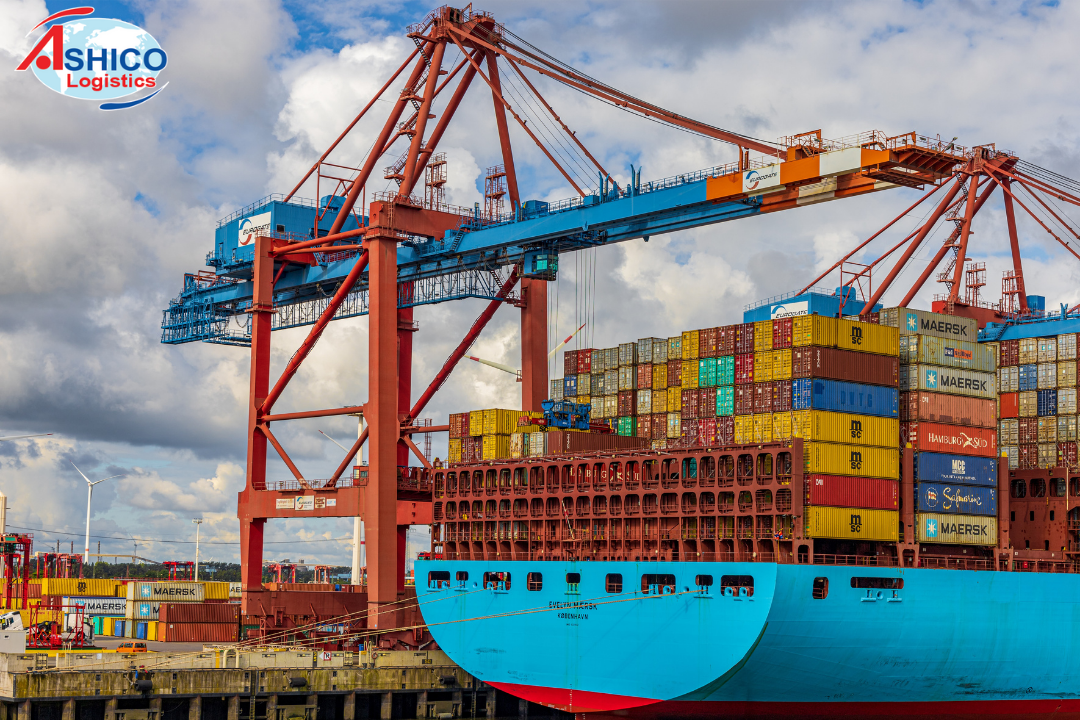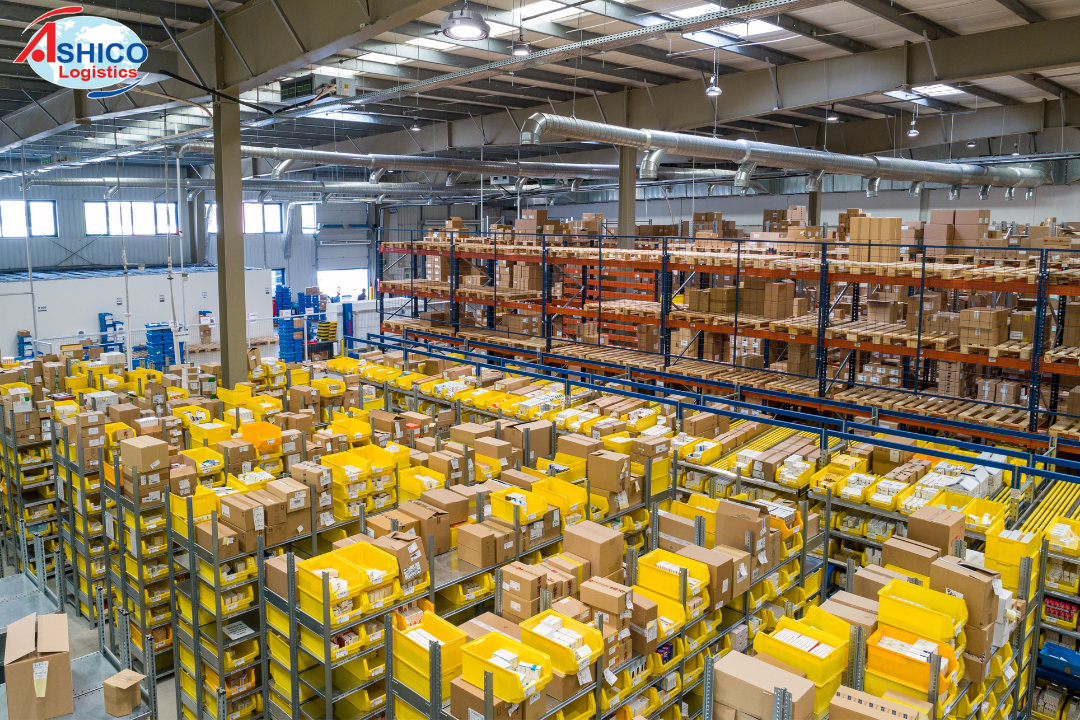
Inflation inventories continue to weaken the economy
Too much inventory puts pressure on the profits of many companies, leaving excess supply and storage costs unable to reduce, according to CNBC.
In a recent CNBC survey, 36% of people said they expect inventories to return to normal in the second half of this year, 21% want to return to normal in the first half of this year, and the rest expect inventory levels to return to normal in the second half of the year. wait until the first half of 2024. However, supply chain managers cannot be sure of when to resolve the oversupply.
.png)
Warehousing costs are putting great pressure on store owners.
Some of our manufacturing customers are facing challenges when they have too much inventory. Most of them choose to keep their inventory and are opposed to liquidation," said Paul Harris, Vice President of WarehouseQuote. Along with that, 27% of survey respondents are selling on the secondary market because inventory affects a company's bottom line when storage prices soar.
Many customers with perishable goods are selling them on the secondary market to avoid product spoilage. However, if the secondary market is not a good option, they are forced to destroy the product. Investors are worried about earnings, profit trends, and expect Wall Street to correct lower prices. Supply chain pressure will be one of the factors influencing the business numbers.
"Inventory transportation costs continue to increase due to inflationary pressure and slow delivery. From here, there will be increased sales risks and margin pressure," said Mr. Mark Baxa, CEO of CSCMP.
Nearly half of those surveyed said the biggest inflationary pressure is on warehouse costs, followed by other categories like rent and labor. ITS Logistics shared, many customers have to use containers and 53 ft trailers for storage because the distribution centers are full. The CNBC survey also found that 50% of respondents said the average time they use containers to store goods is more than 4 months.
"Supply chain challenges and all associated costs continue to cause inflationary pressures," said Stephen Lamar, president of the American Apparel and Footwear Association. "With concerns about inventory and the fragile logistics system, there are other pressures gradually appearing," he expressed.
Mr. Stephen's team is calling for the speedy conclusion of West Coast port labor negotiations and asking the US government to actively eliminate other cost pressures, alluding to Section 301 tariffs on imported goods. Chinese imports - further making the supply chain more expensive.
Recent manufacturing data has shown a slowdown in the economy, with the March ISM manufacturing index shrinking. According to data from the ISM Services Index, the US service sector suffered a sharp decline in new orders, exports and prices.
Inventory levels and consumption are two factors that affect production orders. These orders help gauge China's GDP as the country reopens after the Covid-19 lockdowns. The reason is that the country relies on manufacturing and trade for economic growth.
According to data from FreightWaves SONAR, ocean freight orders increased slightly and recovered from a large drop before the Lunar New Year. However, the longer trendline is still bearish for ocean orders.
Meanwhile, excess inventory is affecting trucking logistics in several ways. Trucks not only move fewer containers from ports, they also move less from warehouses to retail stores. Mr. Shoaib Makani, founder and CEO of Motive, said: "This decline indicates weaker consumer demand. However, it could also be a sign of a recovery in the supply chain. Given the volume, products are prepared in the past 2 years, retailers are always ready to launch to the market in the near future."
As orders increase, inventory "headwinds" remain a concern for logistics professionals. They see the survey results as showing that we are still in an era of severe supply chain operational cost challenges. Warehousing costs also contribute to challenges for current and future sellers.
Phi Hung (according to CNBC)

